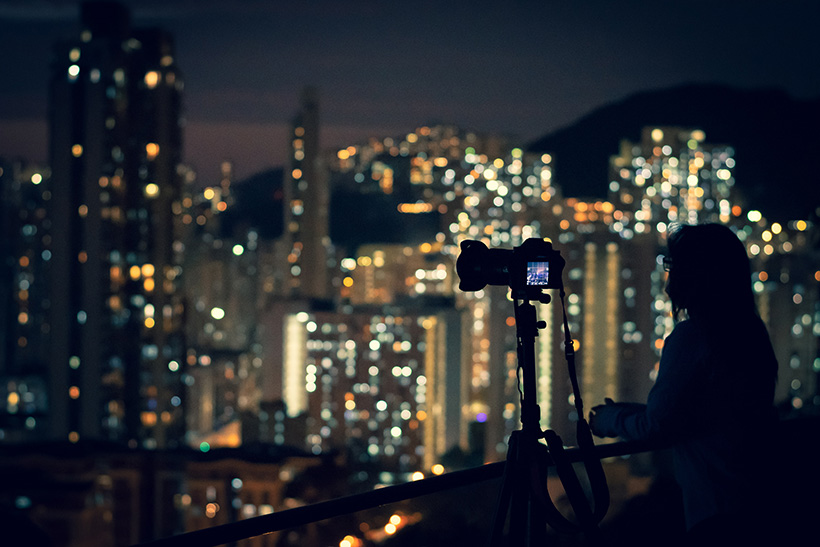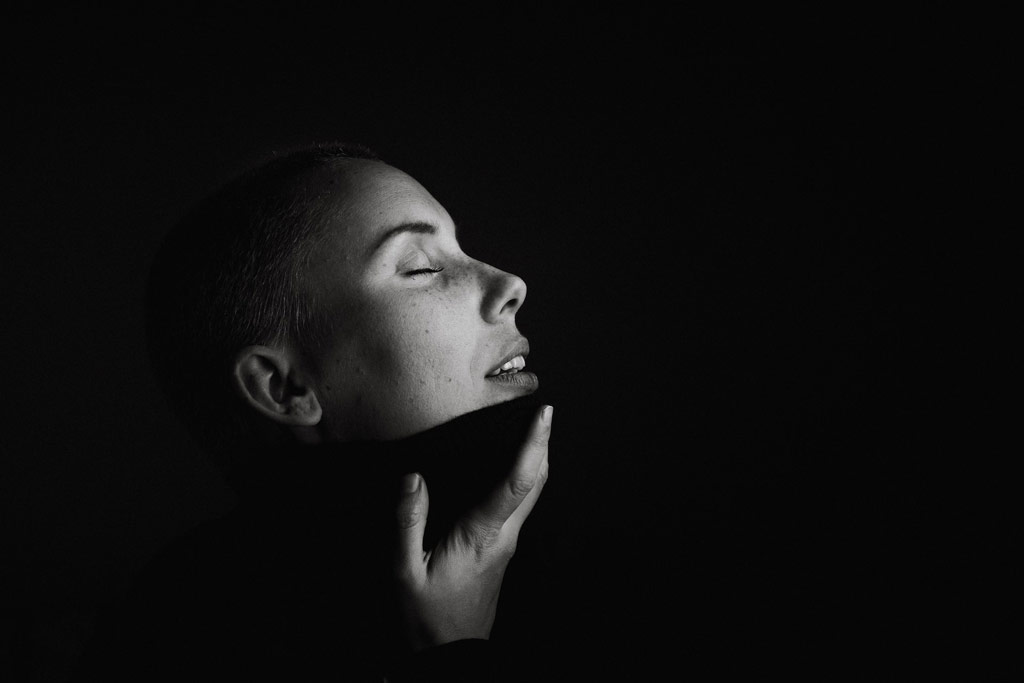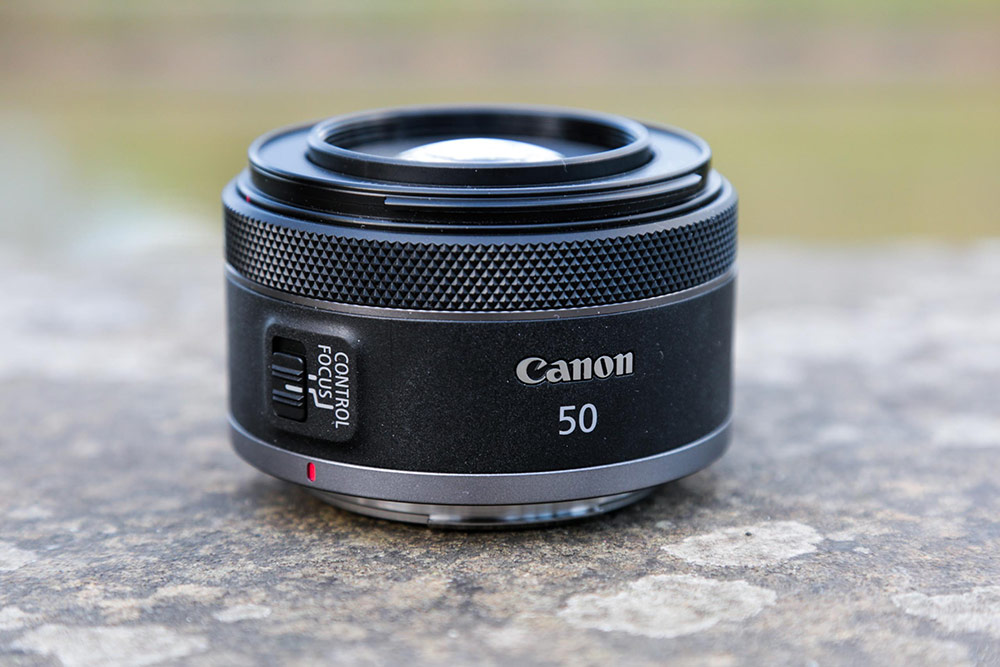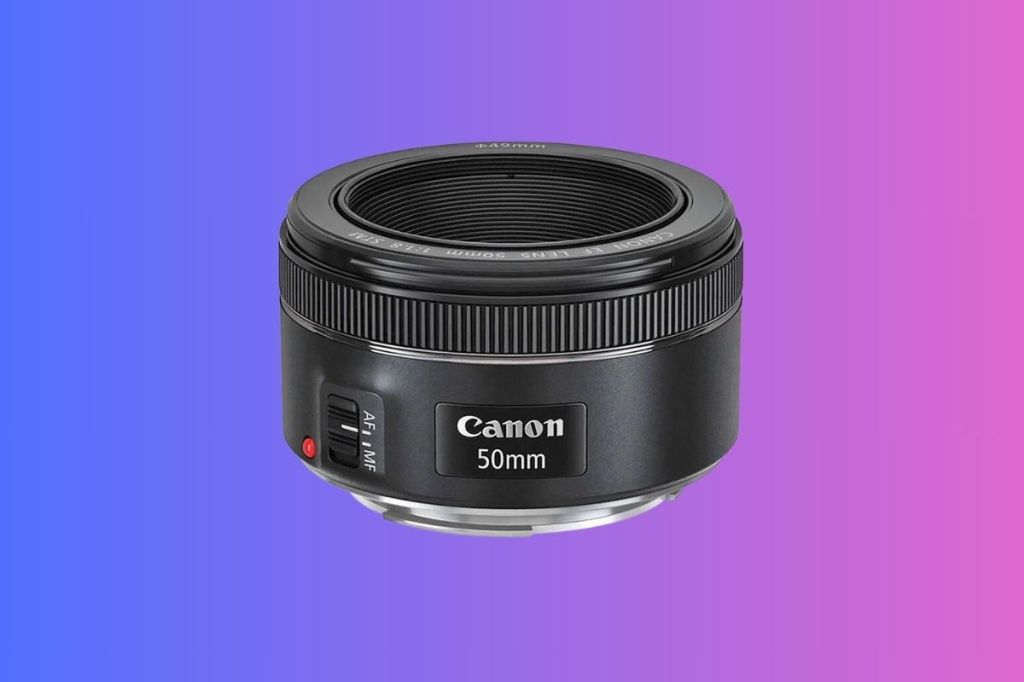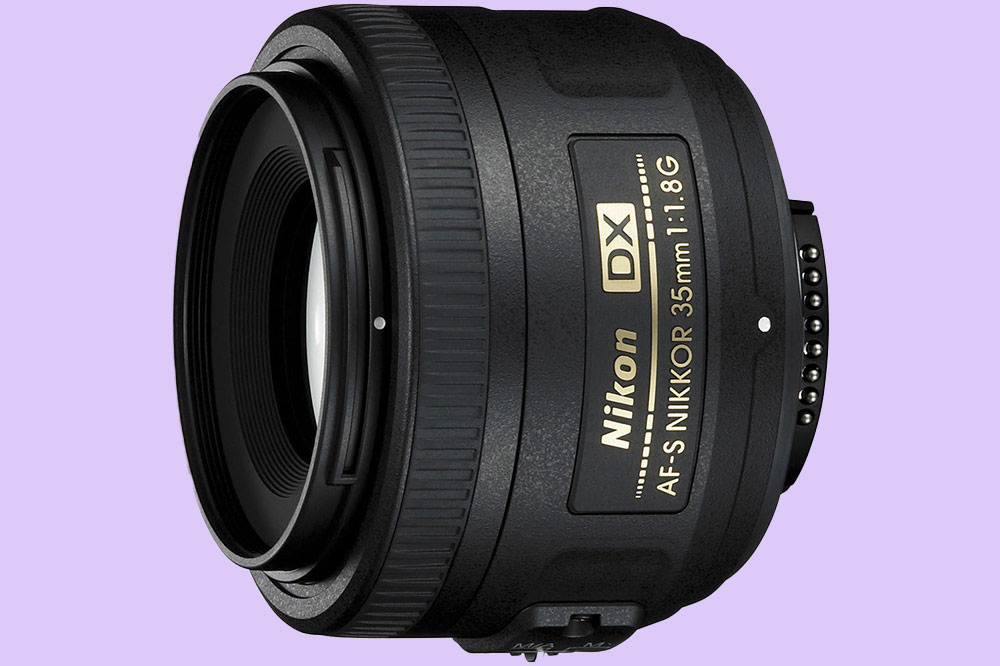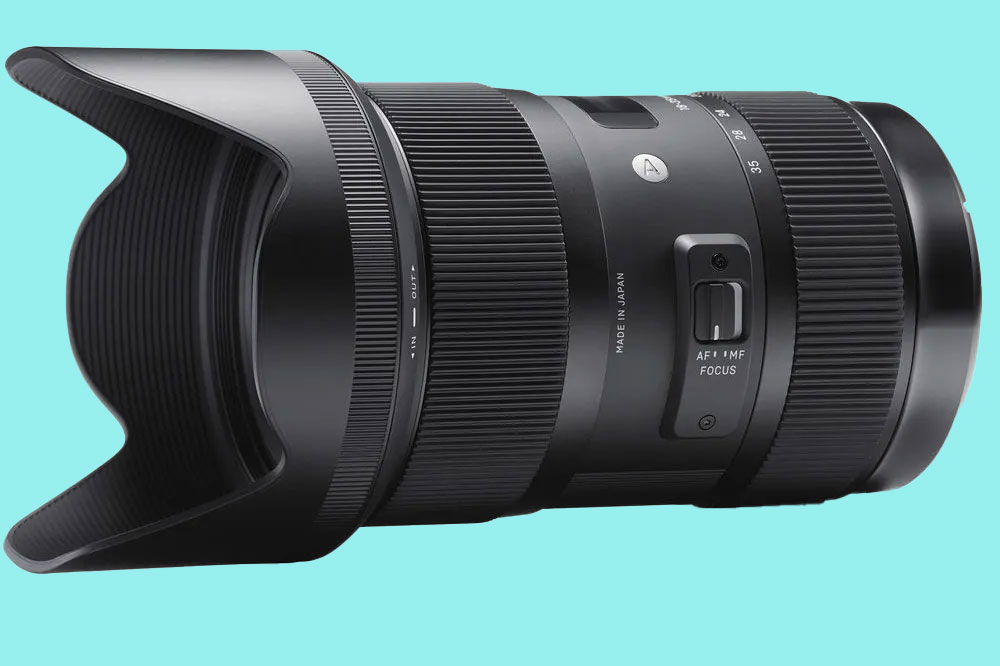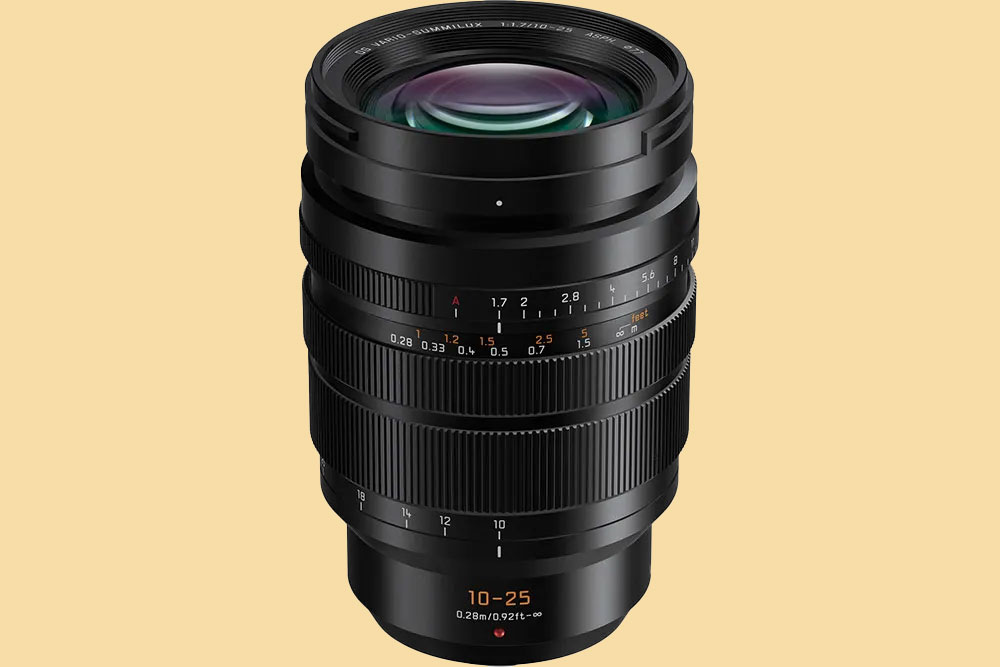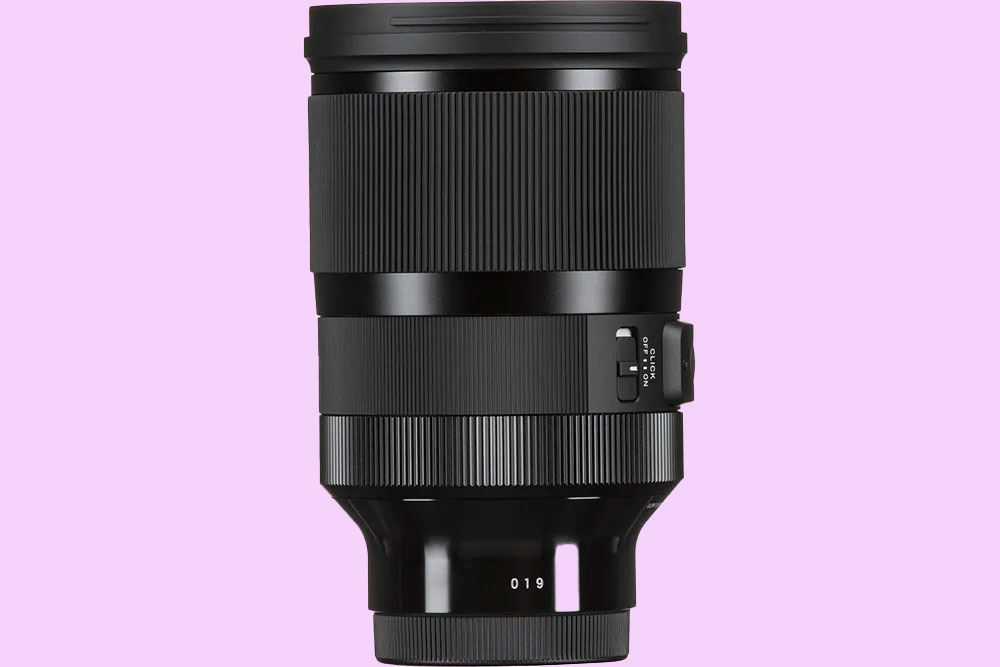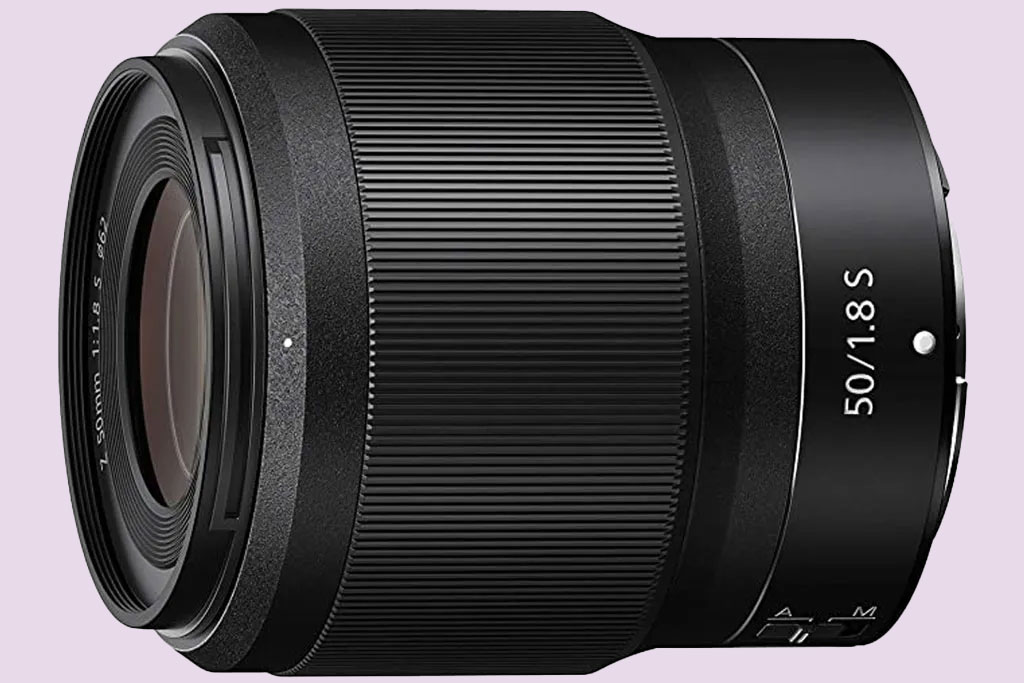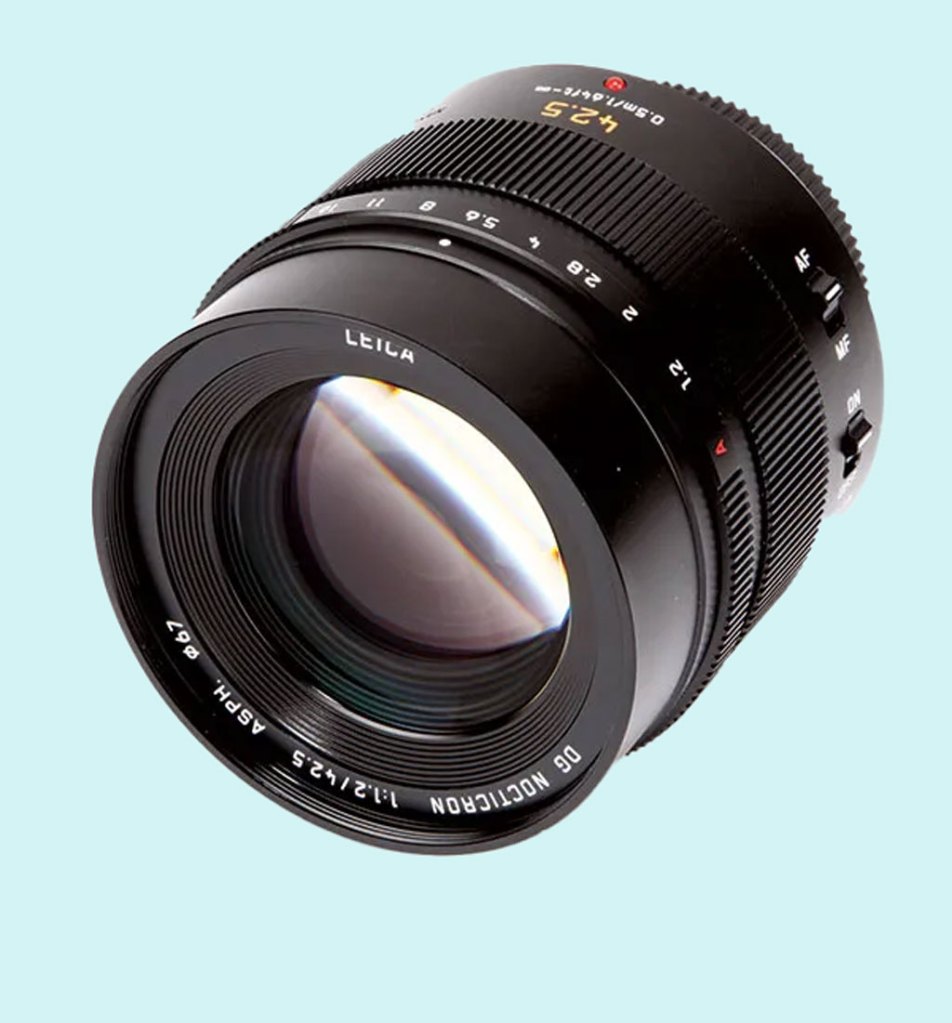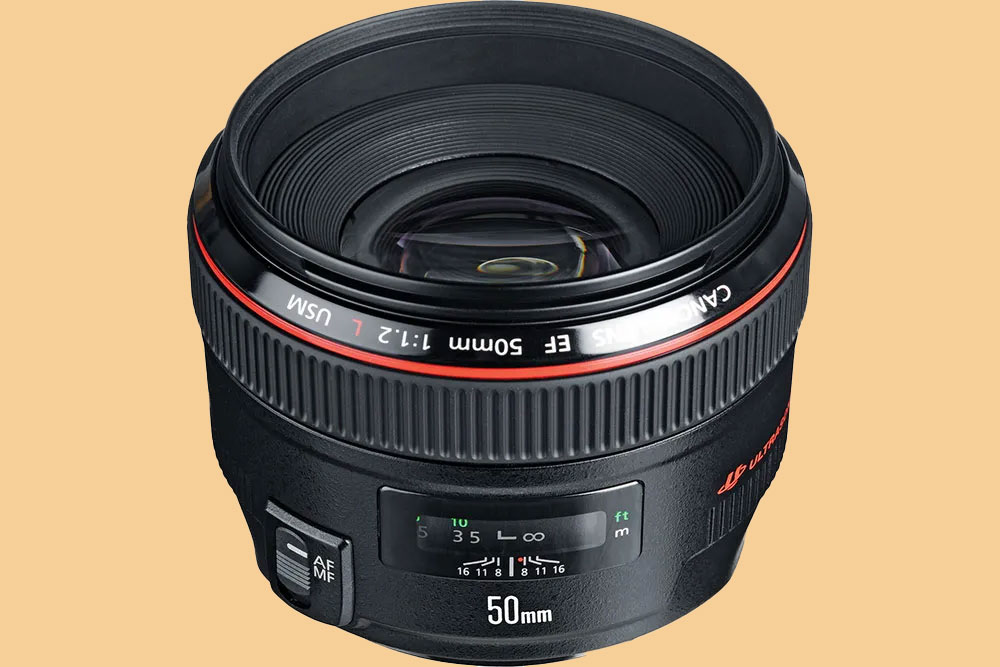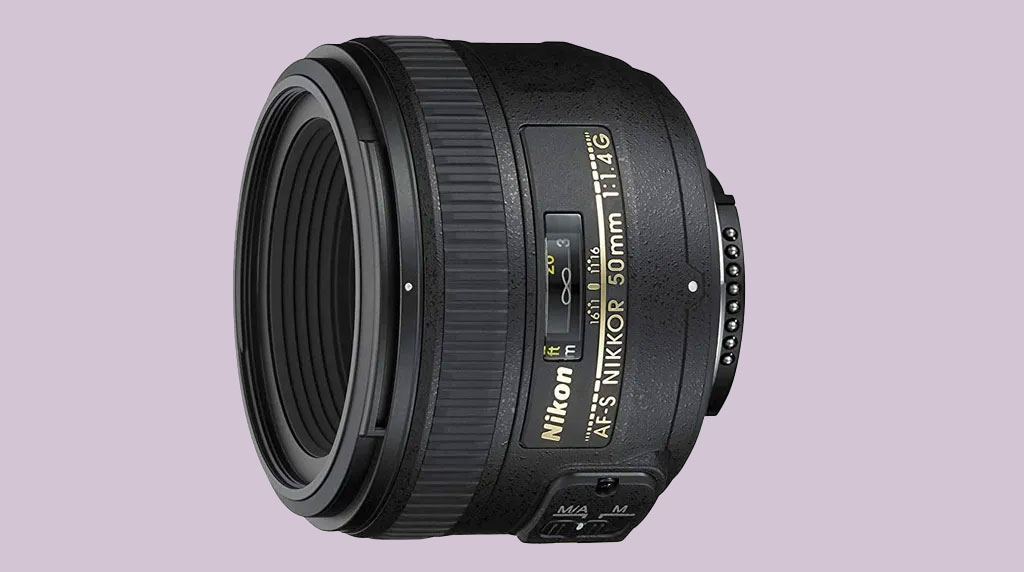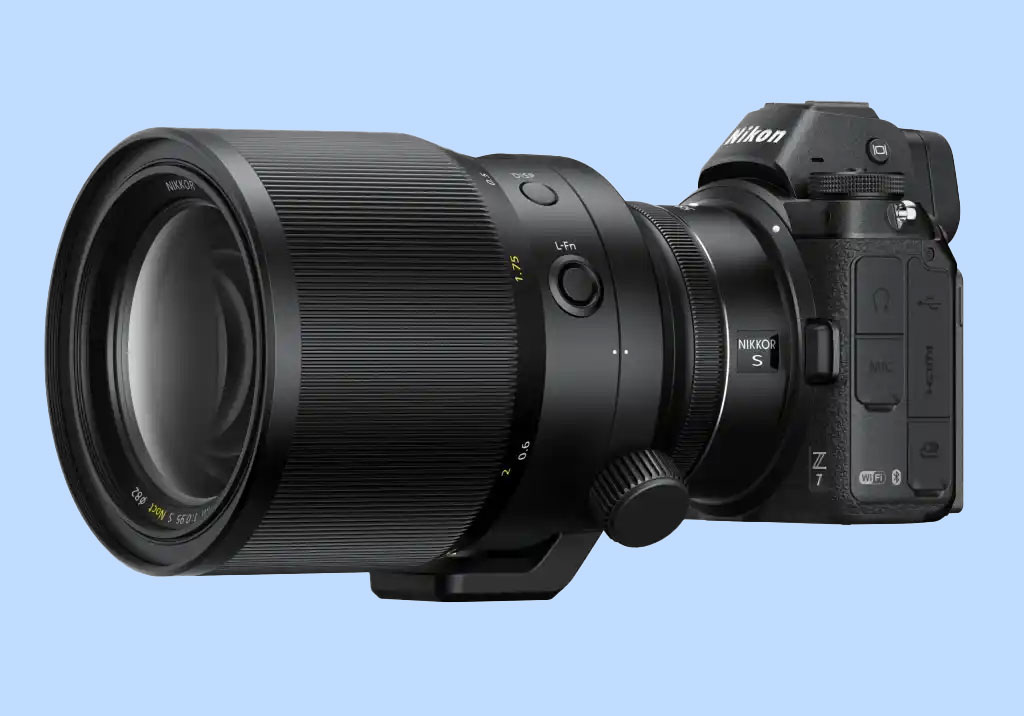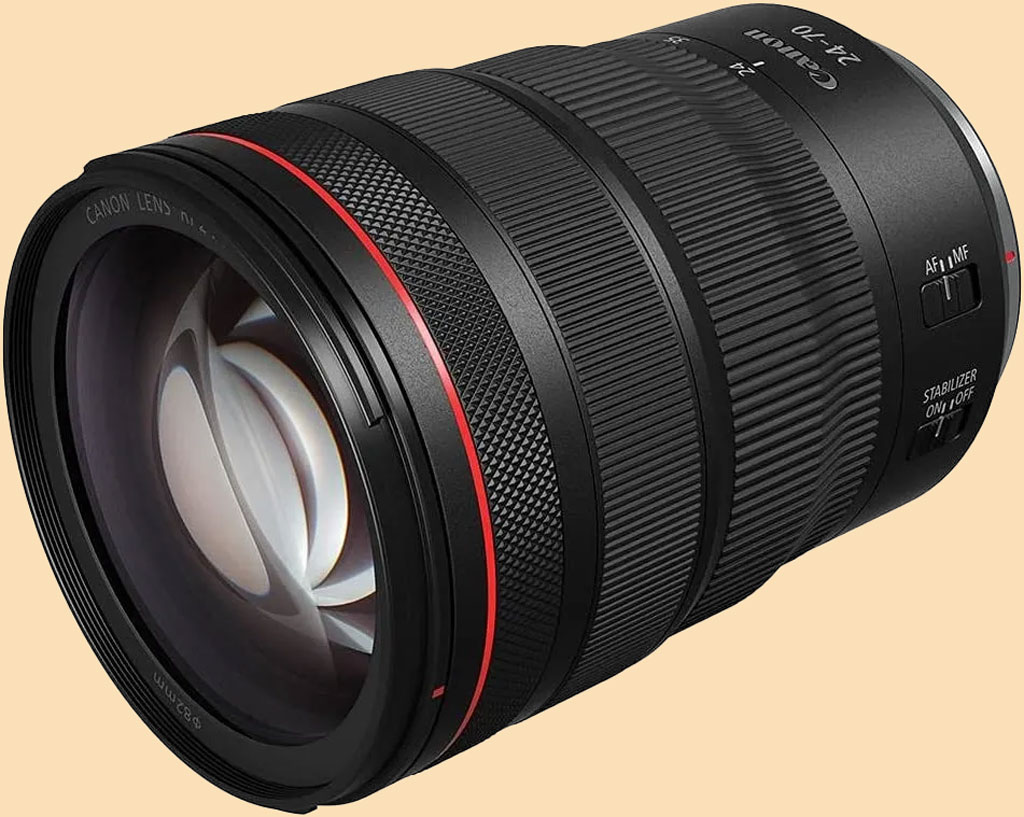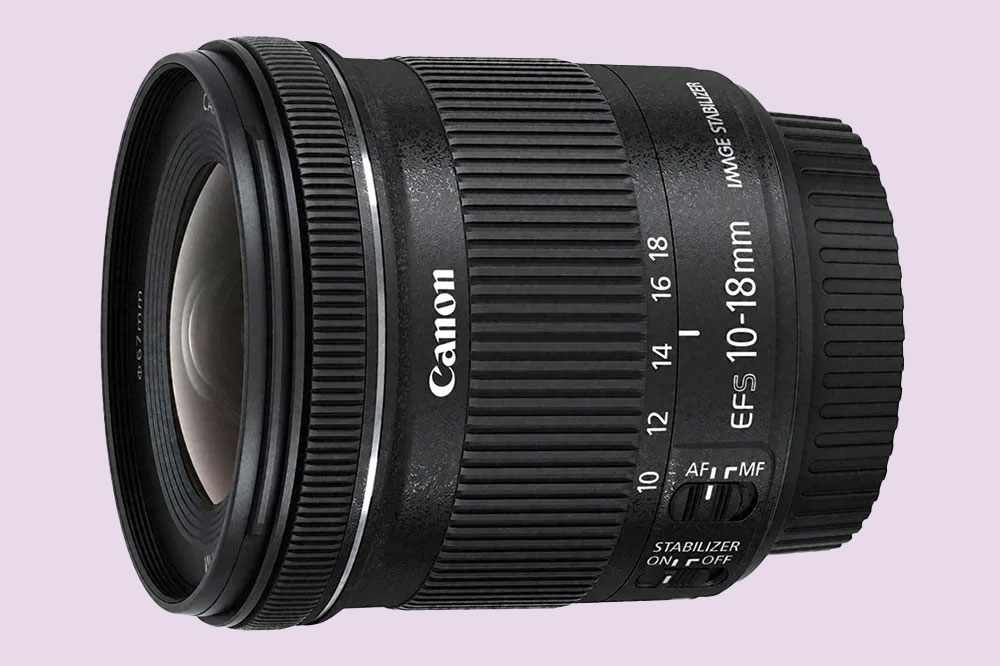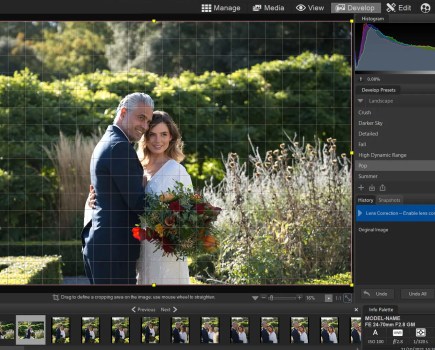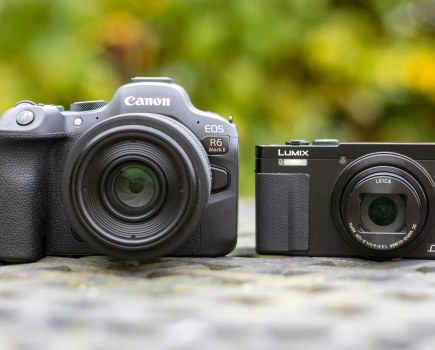With the best lenses for low light, you can open up your shooting options in all sorts of creative new ways. They’re not just useful for night photography – low light lenses are great for shooting gigs, for weddings, for architectural interiors in buildings without much natural or artificial light. It’s something every serious shooter should have in their stable, alongside a top camera for photography.
The best part is, there are lots of affordable options in addition to the premium stuff. We’ve compiled a comprehensive guide to low-light lenses, with both cheap and high-end lenses for all the major mirrorless and DSLR systems.
If you’re not sure what makes for a good low-light lens, we’ve put a quick explainer section at the bottom of this guide with the key specs to look out for. The key is a large maximum aperture – f/1.2 is great, f/1.4 is good, f/1.8 is acceptable. Optical stabilisation is also useful as this allows for the use of slower shutter speeds, which is useful if you’re fielding a zoom lens that maxes out at f/2.8 or even f/4.
We cover cheap primes, high-quality primes and fast zooms; all of which have their place in low-light photography. You can scroll down for an explainer of each of these categories. There is also guide to prime vs zoom lenses if you need a primer on the key differences. After that, we’ve picked out the best low-light lens for each major lens mount – these are a little more expensive, though still not at the top end. Below that, we’ve picked some premium, high-cost but optically stunning lenses that excel in low light, and lastly have singled out a couple of optically stabilised zooms.
To complete your setup, take a look at our guide to the best low-light cameras. For now though, let’s dive into our full list of the best low light lenses.
Why you can trust Amateur Photographer
We spend many hours testing every product we recommend, in detail, in a variety of situations and shooting scenarios, and only use experts for our reviews, so you can be sure that you’re getting the best products. Find out more about our expert writers.
The best lenses for low light – our quick list
Here is a quick-reference list to the main lenses we’ve selected for our guide, with links to obtain them at the best prices.
Cheap prime lenses:
- Canon RF 50mm F1.8 STM – buy now
- Canon EF 50mm F1.8 STM – buy now
- Nikon AF-S DX 35mm f/1.8 G – buy now
High-quality primes:
Fast zoom lenses:
- Sigma 18-35mm f/1.8 DC HSM Art – buy now
- Panasonic Leica DG Vario-Summilux 10-25mm F1.7 ASPH – buy now
Best low-light lenses for each mount:
- Best low light lens for E-Mount: Sony FE 50mm F1.2 GM – buy now
- Best low light lens for L-Mount: Sigma 35mm f1.2 DG DN Art – buy now
- Best low light lens for RF-Mount: Canon RF 50mm F1.2L USM – buy now
- Best low light lens for X-Mount: Fujifilm XF 50mm F1.0 R WR – buy now
- Best low light lens for Z-Mount: Nikon Z 50mm f/1.2 S – buy now
- Best low light lens for Micro Four Thirds: Leica DG Nocticron 42.5mm F1.2 OIS – buy now
- Best low light lens for EF Mount: Canon EF 50mm f1.2 L USM – buy now
- Best low light lens for F Mount: Nikon F 50mm f1.4 G – buy now
- Best low light lens for K-Mount: Pentax FA* 50mm F1.4 – buy now
Price no objective low light lenses:
- Nikon 58mm f/0.95 Noct
- Canon RF 28-70mm F2L USM – buy now
Optically stabilised zooms:
- Olympus M.Zuiko Digital ED 12-100mm f/4 IS PRO
- Canon EF-S 10-18mm f/4.5-5.6 IS STM – buy now
Read on to learn more about the strengths of each of these lenses, as well as some more recommendations at the upper end of the price spectrum. For now though, let’s get into our first section as we look at the best cheap prime lenses for low light…
Cheap prime lenses
Prime lenses are lenses with a fixed focal length and most have a larger aperture than a zoom lens covering the same focal length. They’re also often small and lightweight, which makes them discreet to use and attractive to carry just in case you find yourself out taking pictures when light levels are falling. Prime lenses are available in all sorts of focal lengths but 35mm and 50mm lenses tend to be more attractive for low-light photography.
On a full-frame camera, a 50mm lens produces an angle of view that’s close to what we see with our eyes. However, on an APS-C format camera it produces an equivalent focal length of around 75mm, which is great for portraiture, and if the maximum aperture is f/1.8 you can really throw out the background to get some lovely bokeh and background blur. Further good news is that there’s an affordable 50mm f/1.8 lens available for most cameras. Here are some of our favourites.
Canon RF 50mm F1.8 STM
- Mount: Canon RF
- Price: $199 / £209
Canon and Nikon’s relatively new full-frame mirrorless lens mounts are both wider than those of their DSLR counterparts, and this enables them to field faster lenses than was previously possible. The RF 50mm F1.8 STM is the cheapest Canon-branded lens you can buy for RF mount, and takes a lot of design cues from the EF 50mm lens. It’s constructed of six elements in five groups, but adds an aspherical element for additional sharpness.
In our review of the RF 50mm F1.8 STM, we said that “it’s hard to argue with what it offers for the money.” It’s more expensive than its EF counterpart, but still a very credible cheap option for RF-mount users.
Canon EF 50mm f/1.8 STM
- Mount: Canon EF (can be adapted to fit Canon RF)
- Price: $125 / £129
At such a cheap price, Canon’s EF 50mm f/1.8 STM is a very enticing choice for Canon DSLR users. While lenses at this price don’t produce the height of sharpness, they’re not bad and they enable you to get better shots than the average kit lens in gloomy conditions.
We took the lens for a spin in our full Canon EF 50mm f/1.8 STM review. Can a £129 DSLR lens really be all that? We found that the lens actually strikes a pretty much perfect balance for the price, punching above its weight in terms of optical performance, and with real build quality and autofocus gains compared to the previous iteration of this lens. It’s a really solid choice for low-light DSLR photography.
Nikon AF-S DX 35mm f/1.8 G
- Mount: Nikon F (can be adapted to fit Nikon Z)
- Price: $177 / £169
For Nikon DSLR users, the APS-C Nikon AF-S DX 35mm f/1.8 G, is a good choice. A focal length of 35mm on APS-C format cameras is effectively a 50mm lens, which makes it ‘normal’ rather than wide-angle, so it’s ideal for capturing a natural view of the world. Bear in mind that Nikon DX lenses are designed for APS-C cameras, so it’s not one to pair with a full-frame DSLR, but if you’re shopping on a budget this is likely the sensor size you’re working with anyway.
High-quality primes
If you want the very best image quality, then prime lenses are the way to go, but top-notch fast lenses do not come cheap. Also, if you want to cover the most useful focal lengths of a zoom lens, you need to buy several primes. With a 24-70mm, for example, that could mean getting 24mm, 35mm, 50mm and 70mm lenses. Individually, they may cost less than the zoom, but add them together and you have a hefty bill.
You may also find yourself swapping frequently between optics, which means a slight delay between shots and increased opportunity for dust to get on your camera’s sensor. That’s why wedding photographers who use prime lenses often have two cameras, each with a different lens mounted. There’s no shortage of high-quality fast prime lenses available from both camera and third-party lens manufacturers, so whatever camera you have there’s a great prime lens for it.
Nikkor Z 50mm F1.8 S

- Mount: Nikon Z
- Price: $527 / £469
This is on the more expensive end but is still relatively affordable for a Nikon Z lens. The Nikkor Z 50mm F1.8 S is a high-quality fast prime for Nikon Z users. With excellent sharpness even when used wide-open, it’s pretty much a textbook lens for low light. Some may bemoan the lack of f/1.4, especially at the slightly higher price, but the optical quality of the lens speaks for itself.
Sigma 35mm F1.4 DG DN Art
- Mounts: Sony E-mount, L-mount
- Price: $889 / £769
Sigma has its excellent Art range lenses that are ideal for low light. The Sigma 35mm F1.4 DG DN Art is a fantastic choice for L-mount and E-mount. It’s a full-frame lens that delivers superb image quality even when used wide open. In our review we found that lab testing revealed its sharpness to be top-notch across the board – best at f/2, but still more than acceptable at f/1.4.
There are other lenses with the same fast aperture in Sigma’s Art range if you want to explore different focal lengths and mounts. The 24mm f/1.4 DG HSM Art for full-frame DSLRs is an excellent lens for getting a slightly wider perspective, while the 50mm f/1.4 DG HSM Art is enduringly popular.
Fast zoom lenses
Pound for pound (£), prime lenses usually produce better image quality than zoom lenses because they are optimised to shoot at one focal length, but they can seem a bit limiting. Of course, you can use your feet to zoom with a prime lens, but that’s not always possible and sometimes you find the perfect shooting angle but just need to zoom in or out a little to get the best composition.
Zoom lenses make life a bit easier, and actually, unless you’re pixel-peeping, you may not notice the difference in image quality from a prime lens. Fortunately for low-light photographers, there are some ‘fast’ zooms around with wide maximum apertures. They might not be quite as fast as an equivalent prime lens, but they’re called ‘fast’ because they allow you to use faster shutter speeds than a standard lens. Of course, having a wide maximum aperture also bumps the price up.
Here are our picks of the best fast zoom lenses for low light.
Sigma 18-35mm f/1.8 DC HSM Art
- Mounts: Canon EF, Nikon F, Sony A, Pentax K
- Price: $689 / £699
Most pro photographers and many enthusiasts with a full-frame camera have a 24-70mm f/2.8 lens in their bag, which is often their everyday workhorse, but APS-C format and Micro Four Thirds photographers have a few fast zoom lenses to choose from, too.
The Sigma 18-35mm f/1.8 DC HSM Art, for example, is available for all contemporary DSLRs, as well as Sigma SA mount, and it’s specifically designed for APS-C format cameras, giving a focal length range equivalent to around 27-52.5mm. It also produces fantastic-quality images. Just make sure you check which mount you need when buying!
Panasonic Leica DG Vario-Summilux 10-25mm F1.7 ASPH
- Mount: Micro Four Thirds
- Price: $1,498 / £1,799
Micro Four Thirds photographers in search of a high-quality fast zoom should take a look at the superb Panasonic Leica DG Vario-Summilux 10-25mm F1.7 ASPH (£1,599), above. It’s effectively a 20-50mm lens with a luxurious feel and image quality to match, and that generous aperture of F1.7 will give you a boost in low light.
It’s a premium lens, at a higher price than any we’ve featured so far. However, given that Micro Four Thirds cameras have smaller sensors than APS-C DSLRs and mirrorless cameras, being able to get more light without increasing ISO becomes extra important.
Best low light lenses for each lens mount
Here are our recommendations of high-quality low-light primes for each of the major lens mounts.
Best low light lens for E-Mount – Sony FE 50mm F1.2 GM
- Mount: Sony E
- Price: $1,898 / £2,099
The Sony FE 50mm F1.2 G Master, being part of Sony’s G Master range is designed for excellent sharpness and detail, as well as beautiful background blur and bokeh. It’s well worth some serious consideration and scored 5 stars in our review.
Best low light lens for L-Mount – Sigma 35mm f1.2 DG DN Art
- Mounts: Sony E, L-mount
- Price: $1,499 / £1,319
L-Mount users have a good choice, with a Leica 50mm f1.4 available, Panasonic 50mm f1.4 available, and a number of 85mm lenses available as well, from Panasonic and Sigma, but the brightest lens available is the Sigma 35mm f1.2 DG DN Art (also available in E-Mount). If you wanted to save money, then they also offer an f1.4 version, the Sigma 35mm f1.4 DG DN, which is roughly half the price.
Best low light lens for RF-Mount – Canon RF 50mm F1.2L USM
- Mount: Canon RF
- Price: $2,199 / £2,449
The Canon RF 50mm f1.2L USM is an expensive lens, no doubt about it. But if you’re looking for the brightest lens for your Canon RF camera, then this is certainly a great option. There’s also the even more expensive RF 85mm f1.2 L USM. If there are beyond your budget, then Canon also offer the much more affordable RF 50mm f1.8 STM, which is impressively compact as well.
Best low light lens for X-Mount – Fujifilm XF 50mm F1.0 R WR

- Mount: Fujifilm X
- Price: $1,499 / £1,469
While Fujifilm has a cracking range of fast primes that includes two 56mm f/1.2 lenses, the real jewel in the crown is the amazing Fujinon XF 50mm F1.0 R WR. This weighty, bulky lens sometimes feels almost like a statement more than anything – the Fujifilm optical team flexing their muscles and showing off what they can do – but offers an impressive f1.0 aperture for a fairly reasonably price, considering. The bokeh it produces when shot wide open is gorgeous and dreamlike, and the lens is weather-sealed too. You may ultimately end up preferring the XF 56mm f/1.2 for its faster autofocus, lighter weight and lower price, but the XF 50mm F1.0 R WR is a drop-dead gorgeous piece of kit.
Best low light lens for Z-Mount – Nikon Z 50mm f/1.2 S
- Mount: Nikon Z
- Price: $1,897 / £2,119
The Nikon Z 50mm f1.2 S is Nikon’s premium 50mm lens for Nikon Z series cameras, giving excellent image quality, as well as beautiful bokeh. Other features include an OLED display, plus a customisable function button. If this lens is a bit too much, then Nikon also offer a much more affordable 50mm f1.8 lens which we’ve already included above. However, if you can afford the f/1.2 version, the results it delivers are well worth the price tag.
Best low light lens for MFT – Leica DG Nocticron 42.5mm F1.2 OIS
- Mount: Micro Four Thirds
- Price: $1,298 / $1,149
The Leica DG Nocticron 42.5mm F1.2 for Micro Four Thirds cameras has the winning combination of a bright aperture and optical image stabilisation, which is music to the ears of a low-light shooter. You’ll also find it has a well-built metal lens body, and with the Micro Four Thirds system, this lens gives an 85mm equivalent. This is a tighter field of view than many others on our list, but is an enjoyable focal length to work with, especially for pictures of people.
Best low light lens for EF Mount – Canon EF 50mm f1.2 L USM
- Mount: Canon EF (can be adapted to Canon RF)
- Price: $1,399 / £1,629
Canon’s 50mm f1.2 L USM lens is a relatively compact 50mm lens, especially compared to many of today’s lenses, with a bright f/1.2 aperture. With gorgeous optics and a solid L-series build, it’s a great lens for all-purpose shooting – and can be adapted to the EOS R system if you’re planning on upgrading to mirrorless. Canon also offers an 85mm f1.2 L USM version, which would make a great lens for portraits in low light conditions.
Best low light lens for F Mount – Nikon AF-S 50mm f1.4 G
- Mount: Nikon F (can be adapted to Nikon Z)
- Price: $407 / £459
Nikon’s AF-S 50mm f1.4G lens for DSLRs is nice and compact. Autofocus is pretty reliable and snappy thanks tot he Silent Wave Motor driving it, and the nine-bladed diaphragm means that the bokeh the lens produces in defocused areas is smooth and natural-looking. It’s also great value for money, being available for a little over $400/£400, and can be adapted to the mirrorless Z-mount via the FTZ adapter.
Best low light lens for K-Mount – HD Pentax-D FA* 50mm F1.4 SDM AW
- Mount: Pentax K
- Price: $997 / £1,179
The HD Pentax-D FA* 50mm F1.4 SDM AW is specifically designed to make the most of Pentax’s full-frame cameras such as the K-1 and K-1 Mark II – though of course, it can also be used on the APS-C K-mount cameras. This pro-grade prime delivers impressive optical quality, with excellent sharpness and minimal distortion. It’s weather-sealed too like the majority of Pentax lenses, and while all this does make it a little bulky, it balances well when mounted to Pentax DSLRs.
Price-no-object low-light lenses
Most of us have a spending limit when we’re buying our photo gear, but there are a few lenses with the very highest optical construction that might test our resolve. Of course, you could rent a very expensive lens for the occasional shoot, but if you’re likely to want to use it on a frequent basis or it enables you to do something different from the norm, you might be inclined to make a purchase, especially if you’re a professional photographer who can recoup the expense through additional work.
Nikon 58mm f/0.95 Noct
With a maximum aperture of f/0.95 and superlative image quality, the Nikon 58mm f/0.95 Noct is very enticing, until you see the price tag of $7,997 / £8,299 and remember that it’s manual-focus only. The Canon RF 28-70mm F2L USM (below) and RF 85mm F1.2L USM DS are a steal by comparison: at $2,899 / £3,229 and $2,899 / £3,219 respectively.
Canon RF 28-70mm F2L USM
As mentioned, the Canon RF 28-70mm F2L USM is a pretty pricey zoom: $2,799 / £3,299 but if you have the money, its f/2 maximum aperture makes it more effective in low-light than the standard f/2.8 professional workhorse lenses. It’s a pretty hefty proposition – tote one around all day and believe us, you’ll be aware of it – but it’s a stunner of a lens that excels in low light.
Optically stabilised zooms
Even if your camera has in-body image stabilisation (IBIS), using a stabilised lens can help you get sharper images in low light because many cameras can now use both types of stabilisation together. And if your camera isn’t stabilised, then a stabilised lens is a great addition to your kit that will enable you to leave your tripod behind more often.
Olympus M.Zuiko Digital ED 12-100mm f/4 IS PRO
On an Olympus camera such as the OM-D E-M1 Mark III or OM-D E-M5 Mark III, for example, the Olympus M.Zuiko Digital ED 12-100mm f/4 IS PRO ($1,000 / £850), above, can even enable sharp results from multi-second handheld exposures, which is perfect for evening photography, perhaps even shooting handheld traffic trails. We gave this lens a full five stars in our Olympus M.Zuiko Digital ED 12-100mm f/4 IS PRO review, and cited it as one of the best superzooms we’ve ever tested.
Canon EF-S 10-18mm f/4.5-5.6 IS STM
A few years ago, only telephoto lenses were stabilised, but now there are quite a few stabilised wide-angle optics such as the Canon EF-S 10-18mm f/4.5-5.6 IS STM ($299 / £239), which makes up for its relatively small maximum aperture range with four stops of shutter-speed compensation.
How we test lenses
We review lenses from the perspective of choosing one for its photography and video performance, so we test every lens by what it offers in all aspects of image quality: sharpness, contrast, background blur and bokeh, as well as other image qualities that are pertinent to assessing a type of lens. We look at whether the lens suffers from optical aberrations such as chromatic aberration and distortion. We test focus performance for both accuracy and speed (in different lighting conditions), as well as how the lens delivers or renders images. This is tested in a range of shooting scenarios designed to expose lens characteristics, but we also examine how it performs in real world use in diverse shooting situations.
Beyond the pure optical performance of the lens, we also assess the lens’ physical qualities, such as its design, how well it is made, how easy it is to handle, and whether it offers any unique or interesting features worth mention. Beyond image quality certain lenses can be assessed for how they make you feel, or how they may affect a camera system set-up for portability, compactness, weight etc.
How to choose the best lenses for low light
How does a good lens extend your low-light shooting range? There are a few key factors, but the key one is maximum aperture. Say you’re using a kit zoom, and it has a maximum aperture of f/5.6 when used at its maximum focal length of 55mm. Swap that out for a 50mm prime with an aperture of f/1.8, and suddenly you’ve got 3.3EV (3.3 stops) more light hitting your camera sensor.
What’s more, you get this without slowing your shutter speed, and potentially compromising sharpness, or raising your ISO, which would increase image noise. An equivalent gain of light in those terms would mean shooting at 1/5sec rather than 1/50sec (a tall order to keep sharp, even with image stabilisation), or shooting at ISO 25,600 rather than ISO 2,500. A large aperture is always the preferred option when it comes to letting more light in, and it doesn’t have to be expensive.
We’ve mentioned this already, but image stabilisation is definitely a plus when it comes to low light. A stabilised lens compensates for unintentional camera movement when shooting hand-held, allowing the user to get sharper shots at slower shutter speeds. A slower shutter speed means more light-gathering time, means – you guessed it – better low-light performance.
Some good lens retailers to try (new and used):
Further reading:

